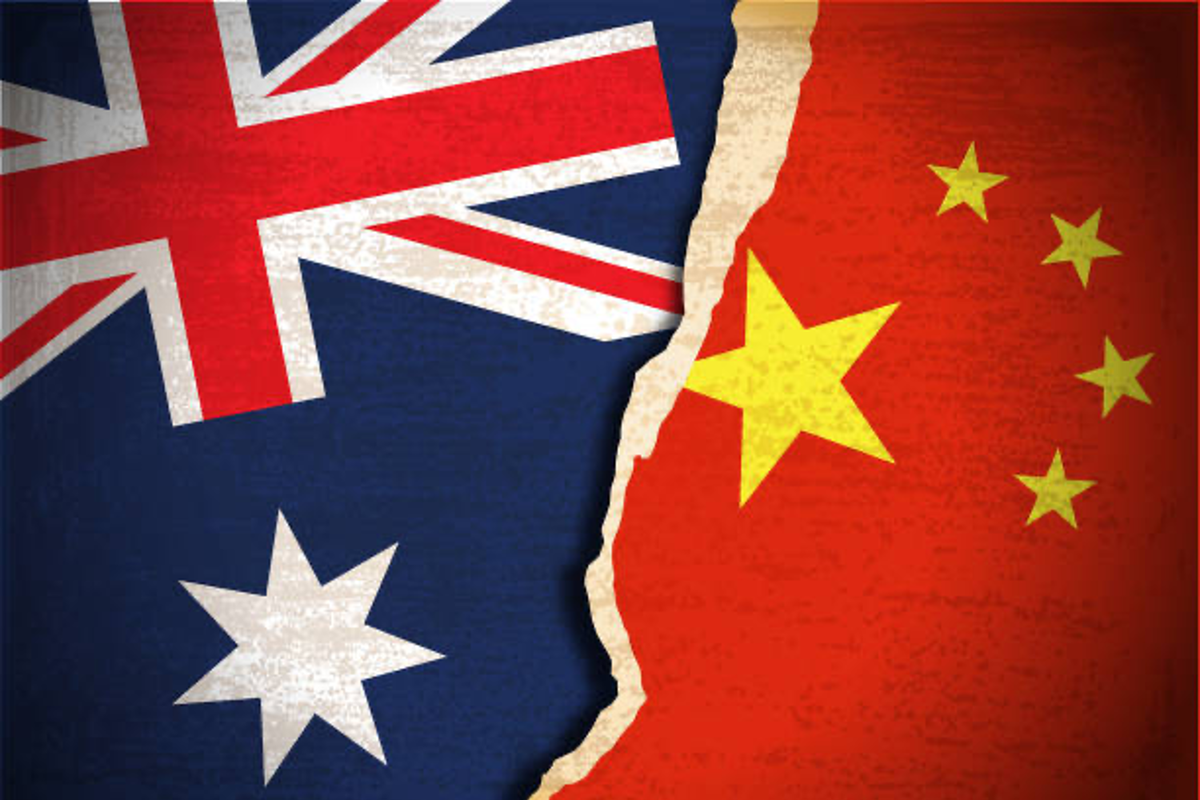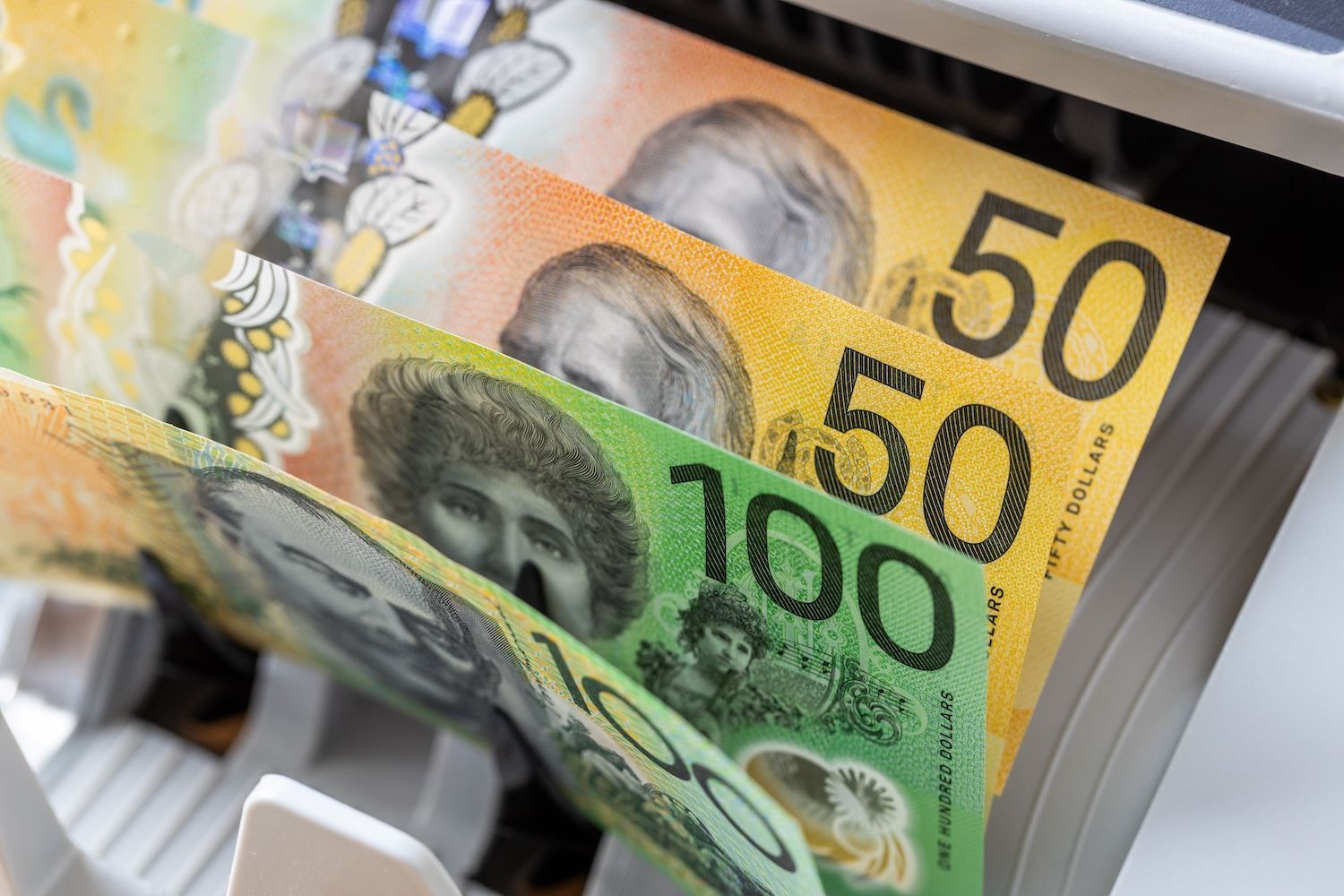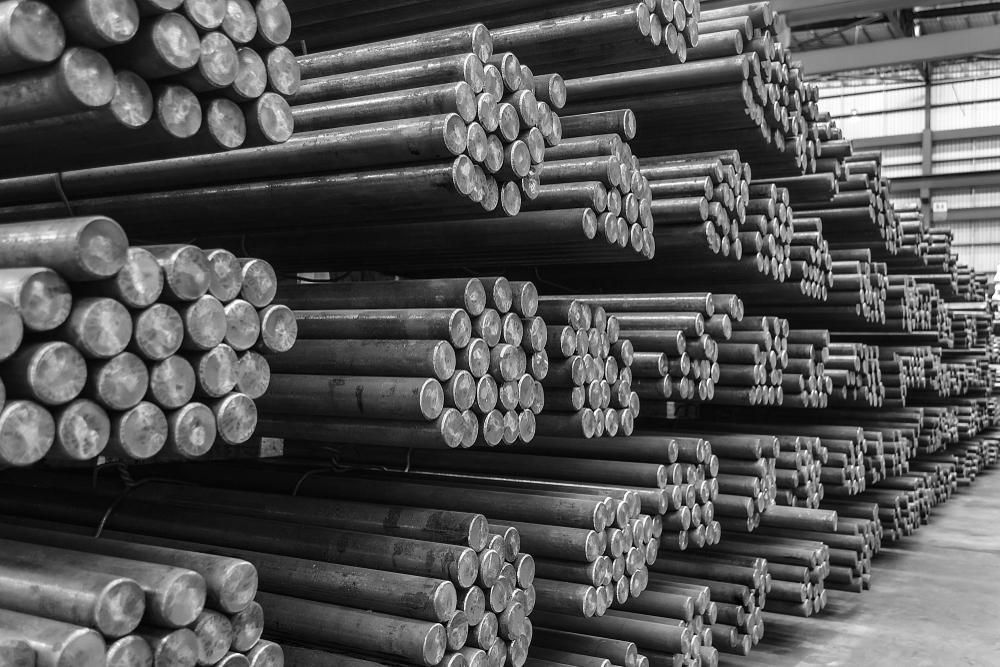Labrador Iron Ore Royalty Corporation (the " Corporation ") (TSX: LIF) announced the results of the election of directors at its annual and special meeting of holders of common shares held today by way of a virtual meeting.
The following nominee directors listed in the Corporation's management information circular dated April 9, 2021 were elected as directors of the Corporation. The vote was conducted by electronic ballot. The number of common shares voted for the election of each director or withheld was as indicated below:
| | Votes For | % Votes For | Votes Withheld | % Withheld |
| Mark J. Fuller | 27,872,015 | 90.35% | 2,978,005 | 9.65% |
| Douglas F. McCutcheon | 29,840,337 | 96.73% | 1,009,683 | 3.27% |
| Dorothea E. Mell | 29,863,943 | 96.80% | 986,077 | 3.20% |
| William H. McNeil | 21,845,444 | 70.81% | 9,004,576 | 29.19% |
| Sandra L. Rosch | 28,588,410 | 92.67% | 2,261,610 | 7.33% |
| John F. Tuer | 28,890,488 | 93.65% | 1,959,532 | 6.35% |
| Patricia M. Volker | 29,890,513 | 96.89% | 959,507 | 3.11% |
Final results on all matters voted at the annual meeting will be filed shortly with the Canadian securities regulators.
About Labrador Iron Ore Royalty Corporation
The Corporation holds a 15.10% equity interest in Iron Ore Company of Canada (" IOC ") directly and through its wholly-owned subsidiary, Hollinger-Hanna Limited, and receives a 7% gross overriding royalty and a 10 cent per tonne commission on all iron ore products produced, sold and shipped by IOC.
SOURCE Labrador Iron Ore Royalty Corporation

![]() View original content: https://www.newswire.ca/en/releases/archive/May2021/13/c6594.html
View original content: https://www.newswire.ca/en/releases/archive/May2021/13/c6594.html






